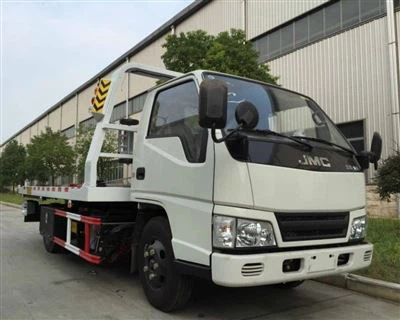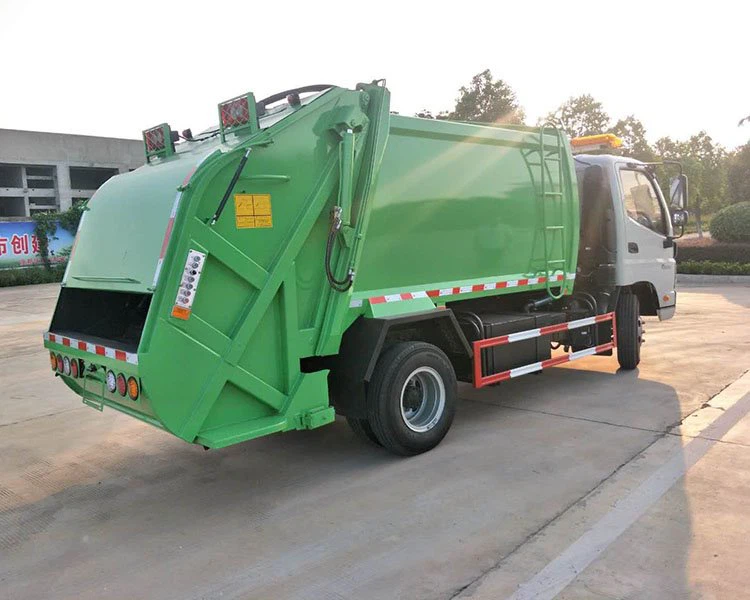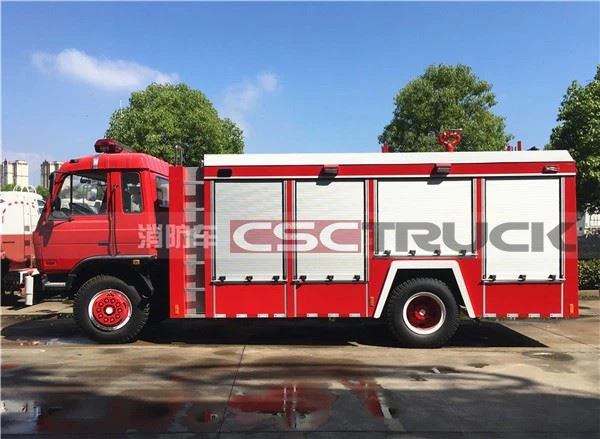Understanding How Garbage Trucks Work: A Comprehensive Guide

Introduction to Garbage Trucks
Garbage trucks play an essential role in keeping our cities clean and waste-free. With an increasing global awareness about waste management and environmental conservation, understanding how garbage trucks operate is crucial. In this article, we will explore the mechanics behind garbage trucks, different types of trucks, their components, and how they efficiently collect waste from residential and commercial areas.
The Evolution of Garbage Trucks
Historical Background
Garbage trucks have undergone significant evolution since their inception. The first dedicated garbage collection vehicles were horse-drawn carts used in the 19th century. As cities grew, the need for more efficient waste collection led to mechanized vehicles.
Modern Garbage Trucks
Today, garbage trucks come in various designs and functionalities, reflecting advancements in technology and recycling methods. They are built to handle the increasing amounts of waste produced in urban areas.
Types of Garbage Trucks
Rear Loader Trucks
Rear loader garbage trucks are among the most common types used for residential waste collection. They have an opening at the back, where waste is loaded manually or automatically.
Example of Use:
In many suburban neighborhoods, rear loader trucks are used because they allow waste collectors to quickly and efficiently empty bins without leaving the truck.
Side Loader Trucks
Side loader trucks are equipped with robotic arms to pick up trash bins from the side. This automation reduces the need for manual labor and speeds up the collection process.
Example of Use:
Side loader trucks are often seen in urban settings with high traffic, where quick and efficient waste pickup is necessary.
Front Loader Trucks
Front loader trucks are primarily used for commercial waste collection. They have large open containers that can be lifted and dumped into the truck from the front.
Example of Use:
These trucks are common in industrial areas where large bins need to be emptied regularly.
Components of a Garbage Truck
Chassis
The chassis forms the backbone of a garbage truck and supports all other components. It is designed to handle the substantial weight of waste.
Compaction System
The compaction system compresses the collected waste to maximize storage capacity, allowing trucks to carry heavier loads.
Types of Compaction Systems:

| Type | Description |
|---|---|
| Hydraulic Compaction | Uses hydraulic power to compress waste. |
| Mechanical Compaction | Relies on mechanical actuators to crush materials. |
Loader Mechanisms
Loader mechanisms are crucial for efficient waste collection. They include hydraulic arms for side and front loaders, essential for lifting bins and containers.
Cabs and Control Systems
The cab is where the driver controls the truck. Modern trucks are equipped with advanced control systems that monitor waste levels and optimize collection routes.
Safety Features
Garbage trucks are equipped with safety features such as cameras, backup alarms, and hydraulic brakes to ensure the safety of both operators and pedestrians.
How Garbage Trucks Operate
Collection Process
The garbage collection process begins with route planning, leveraging technology to optimize collection and reduce fuel consumption. Once at a designated stop, the truck activates its loader mechanism to lift waste bins and empty them into the truck’s container.
Compaction and Transport
After the bins are emptied, the compaction system compresses the waste for more efficient transport. The truck continues along its route until it reaches a transfer station or landfill.
Innovations in Garbage Truck Technology
Smart Garbage Trucks
Smart garbage trucks utilize IoT (Internet of Things) technology to track waste levels in bins and optimize waste collection routes based on real-time data.
Electric Garbage Trucks
With environmental concerns in mind, manufacturers are increasingly producing electric garbage trucks, which have lower emissions and reduce noise pollution in urban areas.
The Importance of Regular Maintenance
Preventive Maintenance
Regular preventive maintenance extends the lifespan of garbage trucks and ensures they operate efficiently. Scheduled inspections help identify issues before they become significant problems.
Common Maintenance Tasks
- Checking and changing engine oil
- Inspecting brake systems
- Cleaning the compaction equipment
- Monitoring tire health and pressure
Challenges in Garbage Collection
Weight Restrictions
Garbage trucks must adhere to weight restrictions when collecting waste, which can vary by region. This necessitates efficient load management to avoid penalties.
Urban Population Density
High-density areas can complicate garbage collection due to limited space for maneuvering large trucks, leading to logistical challenges.
Environmental Impact of Garbage Trucks
Waste Management and Recycling
Garbage trucks significantly contribute to waste management systems, playing a crucial role in recycling programs and reducing landfill waste. Efficient garbage collection can enhance recycling rates.
Carbon Footprint Reduction Strategies
Implementing electric trucks and optimizing routes can significantly reduce carbon footprints associated with garbage collection.
Conclusion
Understanding how garbage trucks work is vital for appreciating their role in waste management. As technology continues to evolve, garbage trucks will become even more efficient and environmentally friendly.
Frequently Asked Questions (FAQs)
1. How often do garbage trucks come to collect waste?
This varies by location, but most residential areas have garbage collection once a week, while commercial areas may see pickups more frequently.

2. What weight can a garbage truck carry?
Typically, garbage trucks have a load capacity ranging from 10,000 lbs to 25,000 lbs, depending on the type and size of the truck.
3. What happens to the waste after it is collected?
After collection, waste is transported to landfills, transfer stations, or recycling facilities where it is sorted and processed.

4. Are there automated garbage trucks?
Yes, many garbage trucks are semi-automated or fully automated with robotic arms to enhance efficiency and safety.
5. How do garbage trucks contribute to recycling efforts?
Garbage trucks equipped with separate compartments can collect recyclable materials and trash simultaneously, facilitating better recycling practices.
6. Can garbage trucks pose safety hazards?
Yes, garbage trucks can pose risks, especially in residential areas. Proper safety protocols and visibility aids are installed to minimize these hazards.
